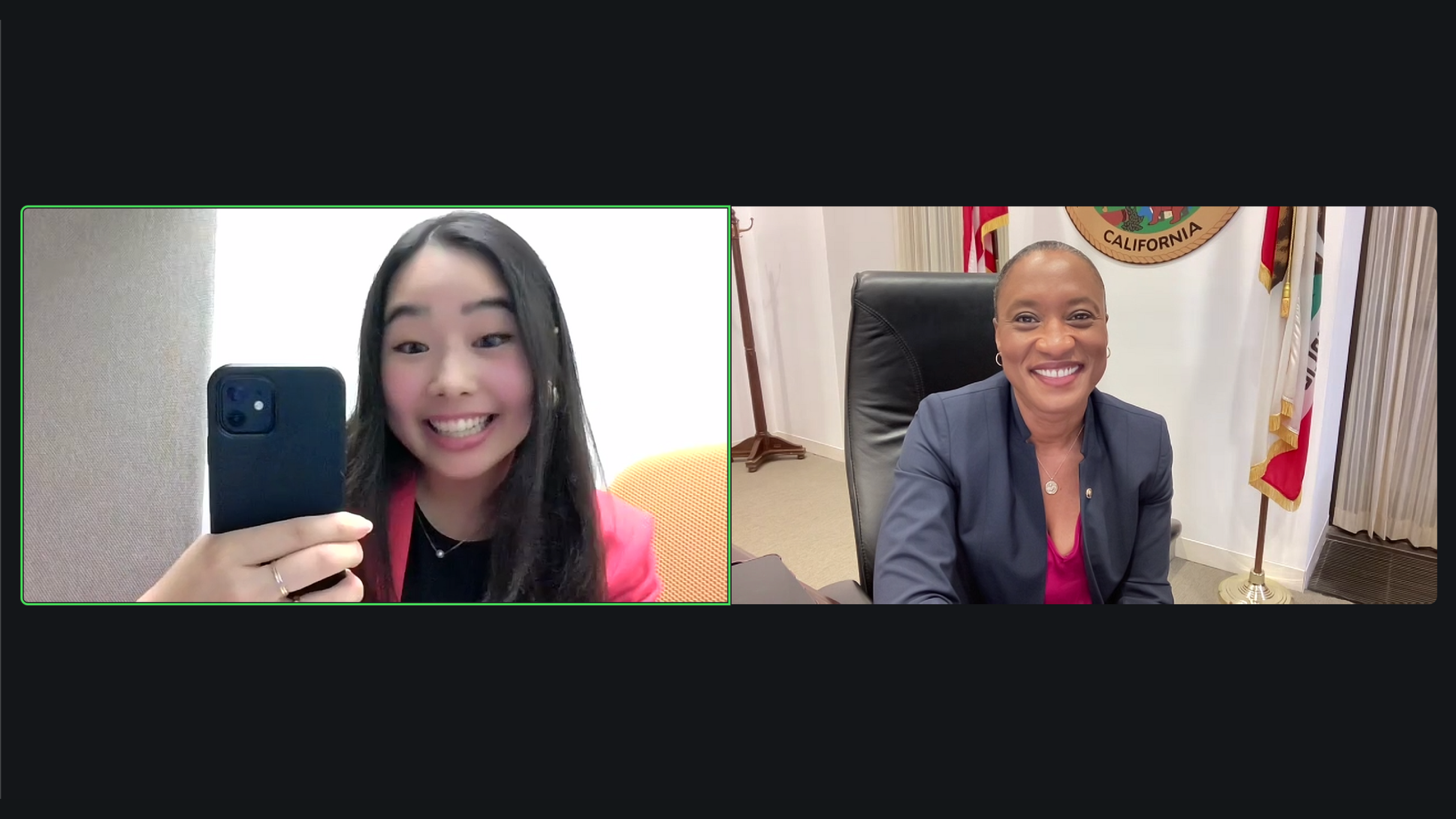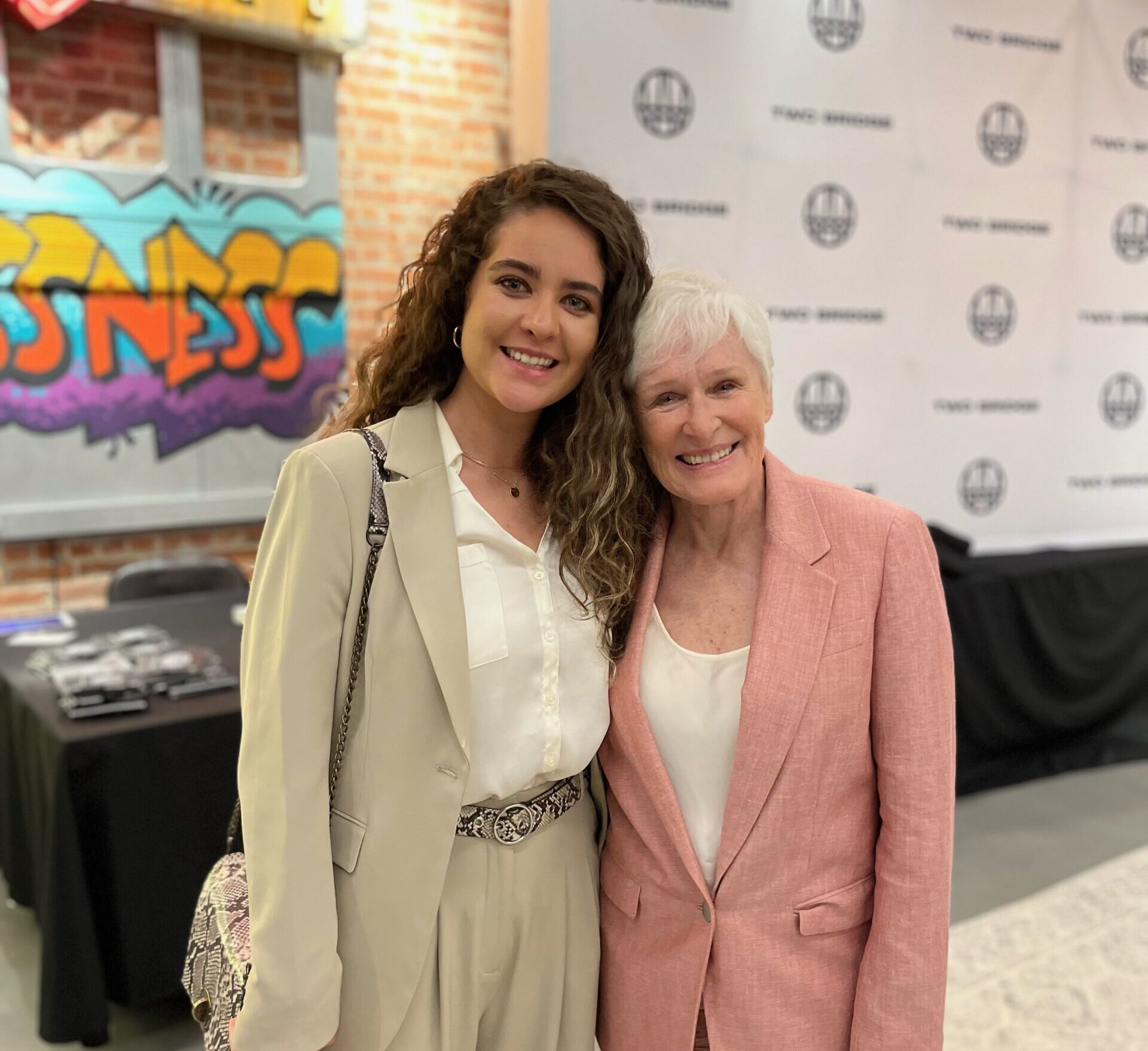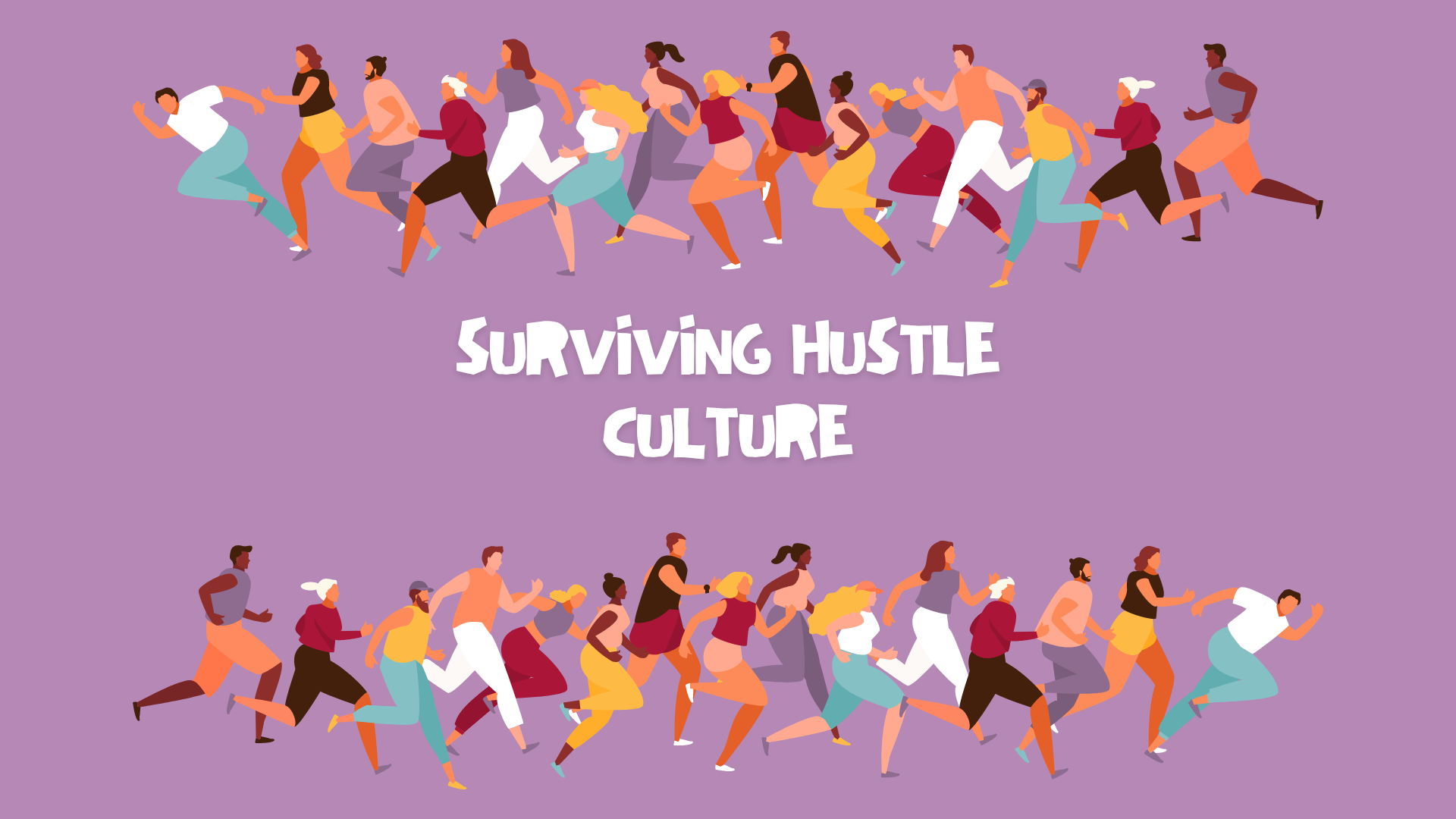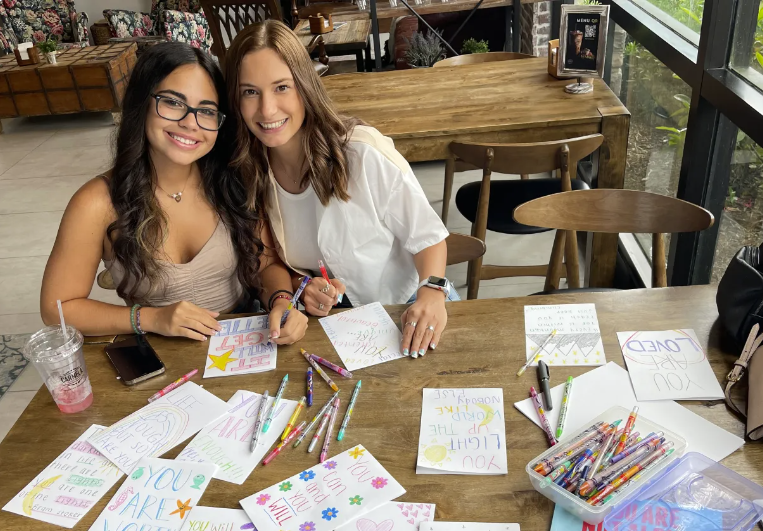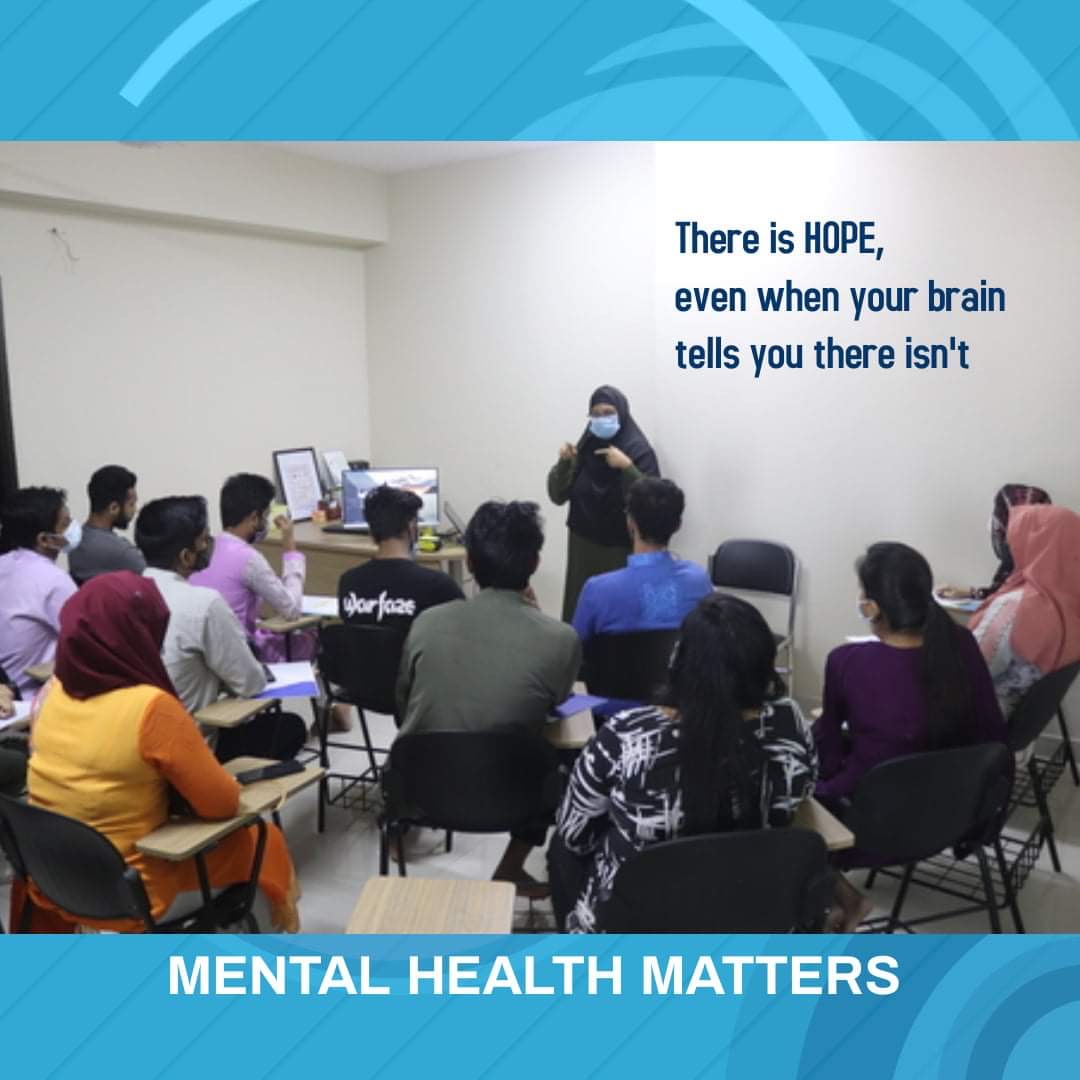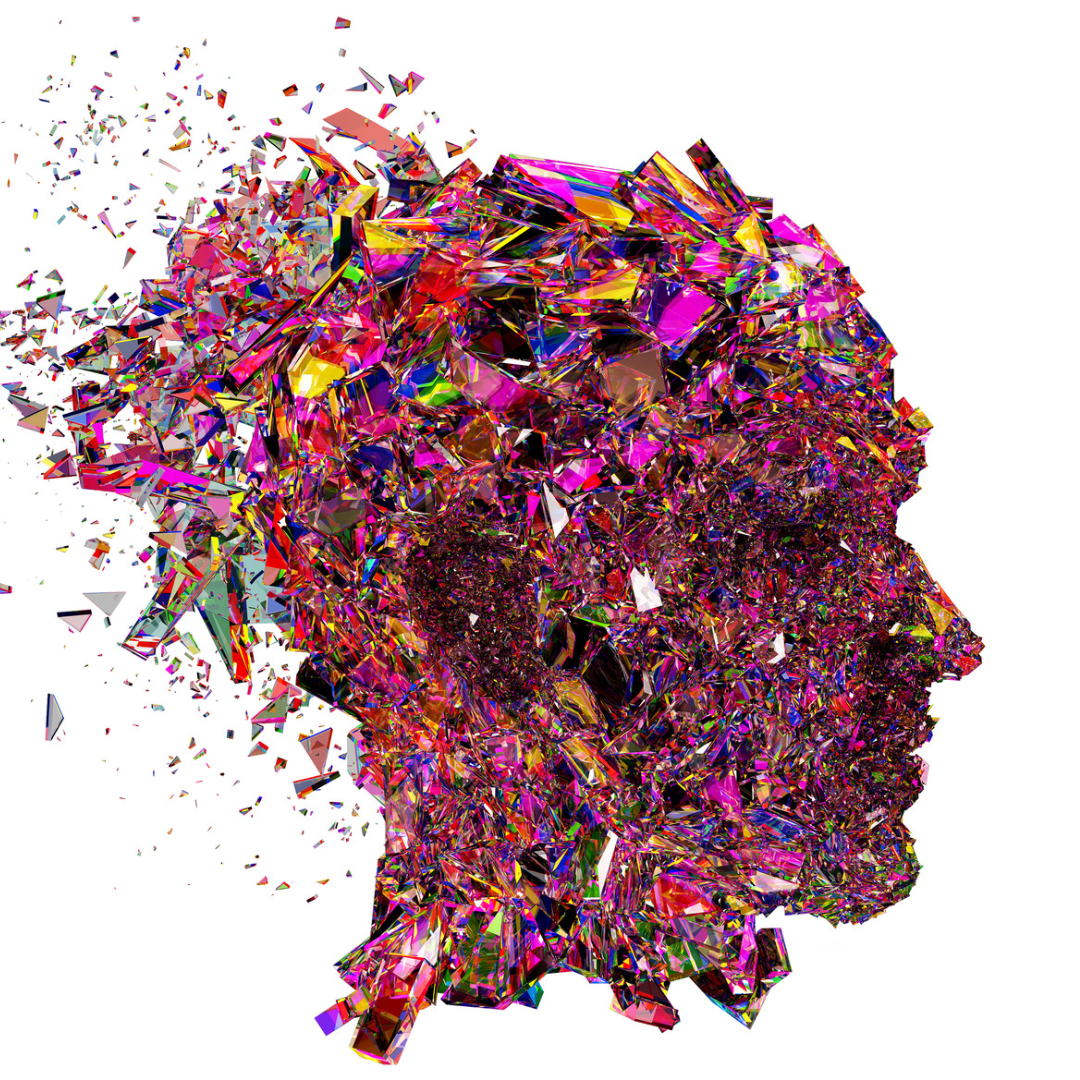*Content Warning: This story contains a discussion of suicidal ideation. If you are struggling with suicidal thoughts, please contact the Crisis Text Line by texting HOME to 741741.
The first tattoo I ever got was of a semicolon. Yes, the punctuation mark.
When my friend died of suicide, I noticed my friend’s sister had the tattoo on her wrist. When I asked her what it meant, she made reference to punctuation in books. Semicolons are used when an author could’ve ended their sentence but chose not to. Instead of a period, authors use a semicolon to keep going. Her tattoo, she said, helped to not only remind her to keep going but to also hopefully remind others to keep going and live their lives, too.
She had gotten this idea, she said, from Project Semicolon, a social media movement born in 2013 that eventually grew into the worldwide movement it is today.
I learned their mission is to ultimately “get all parts of society working together to take action to reduce suicide and improve the support for those bereaved by suicide.”
In researching more about Project Semicolon and wanting to honor my friend’s life, I got the semicolon tattoo on my wrist. In the years since I’ve had the tattoo, I’ve hoped to:
- Raise suicide prevention awareness – The tattoo is definitely a conversation starter, and I’m always open to having a conversation about mental health and suicide prevention. I’m also very open to talking about my friend and honoring her life. Sometimes, people think that talking about someone’s suicide will make someone else actually turn to suicide when research shares that’s anything but the truth. Talking about it may actually reduce suicide rates because it encourages people to seek help.
- End the stigma surrounding mental health – Depending on one’s culture, age, gender, race, or geographic location, there can be various degrees of mental health stigma. Like I mentioned, this tattoo is a conversation starter and when someone asks about it, I – in turn – ask them, “How are you really? What are you feeling today?” I find that the latter question yields something more fruitful than the usual “fine” or “OK” and then me and the person really dive into our mental health.
- Remind myself and others that they have the strength to keep going – Sometimes life is just hard. With family, friends, jobs, and one’s health, it can be challenging to stay afloat. I know personally there’s been so many times in my life where I’ve felt like it was all too much. In those moments of intense anxiety and depression, I’m reminded that pain is temporary, and that just like all the other hard moments in my life, I will get past this hard moment, too.
When things get tough, I hope you look at your life like a sentence in a book. Your story isn’t over. There’s still so much story to go. I hope you to choose the semicolon.
If you’ve lost someone close to you to suicide, I encourage you to also check out Project Semicolon, join one of their support groups, and find your community of people who understand how you feel. Remember, there is always someone out there who wants to help.









